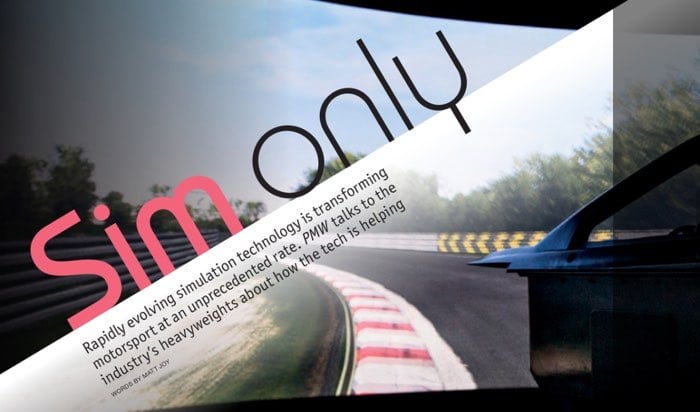 Rapidly evolving simulation technology is transforming motorsport at an unprecedented rate. PMW talks to the industry's heavyweights about how the tech is helping.
Rapidly evolving simulation technology is transforming motorsport at an unprecedented rate. PMW talks to the industry's heavyweights about how the tech is helping.
A better understanding of the present and the future is often gained by looking back, but for simulator technology the recent past can seem like an awfully long time ago. As with other aspects of motorsport that have changed beyond all recognition thanks to the wholesale utilization of up-to-the-minute computing power, current simulators are delivering levels of sophistication and accuracy, and the subsequent advantage that simply were not possible a decade ago. More importantly, the boundaries of what is possible are yet to be fully realized, meaning that the role of the simulator in motosport can only grow.

Today, teams in all codes of motorsport are gaining a huge advantage from simulators, meaning that thousands of test miles can be covered that would be outside the permitted regulations if performed on real life. Phil Morse, technical liaison engineer at Ansible, is clear about how this has come to be: "For engineers, simulation has always been the fallback, so whenever there have been regulatory restrictions on testing, engineers have always had simulation as a safety net, to try things off-line, see if they work, and make preparation more efficient."
Read the full article in on the Professional Motorsports World website.



